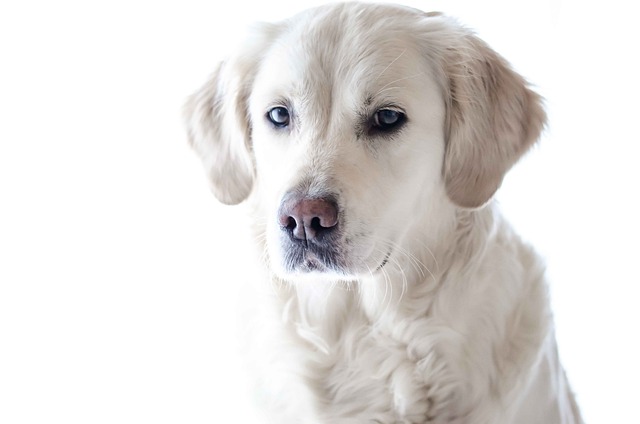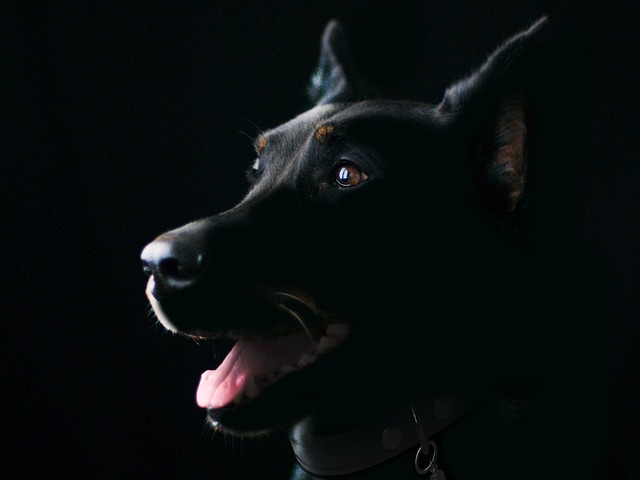
Is it normal for my dog's skin to peel
Is it normal for my dog's skin to peel? If you’ve been brushing your Shih Tzu “Lulu” and noticed tiny, translucent flakes sticking to the brush, or caught a larger patch flaking off
Is it normal for my dog's skin to peel? If you’ve been brushing your Shih Tzu “Lulu” and noticed tiny, translucent flakes sticking to the brush, or caught a larger patch flaking off her belly when she rolls over, that knot in your stomach is totally normal. Skin peeling in dogs walks a fine line between “no big deal” and “worth worrying about.” Let’s untangle what’s typical, what’s not, and how to help your pup stay comfortable.
First, let’s get clear on the basics: A little peeling is part of skin’s natural cycle. Just like humans shed dead skin cells, dogs do too—you might notice it more in dry months, when heaters in your Boston apartment suck moisture from the air, leaving Lulu’s skin a bit flaky. My sister in Colorado sees this with her Pug “Otis” every winter; a quick brush with a rubber mitt collects those tiny flakes, and he never seems bothered. But when peeling turns into large, crusty patches, or leaves red, raw skin behind? That’s your dog’s body sending an S.O.S. This kind of peeling often stems from irritation—think: a reaction to the new lavender shampoo you tried, grass pollen sticking to her belly after park visits, or even sunburn on her pink nose after a day at the lake. A trainer friend in Florida dealt with this when her Dalmatian “Dottie” peeled after hours in the sun; switching to a pet-safe sunscreen solved it.
So how do you tell the difference? Normal peeling is sparse—maybe a few flakes in the brush—and your dog doesn’t scratch, lick, or act uncomfortable. Problem peeling is noticeable: big enough to spot on your couch, paired with redness, or making your dog chew her paws raw. If Lulu is rubbing her face on the carpet until her whiskers are matted, that’s a sign she’s in distress.

Start with gentle care. Use a soft cloth dampened with lukewarm water to pat away loose flakes—no scrubbing, which can irritate. Slather a tiny bit of coconut oil (safe if she licks it) on dry patches; my neighbor in Seattle swears by this for her Beagle “Max,” whose flaky elbows smoothed out in days. Turn this into a bonding ritual: offer a treat after, so Lulu learns that “skin checks” mean good things. Never scold her for scratching—she’s not being naughty, just trying to feel better, and stress will only make it worse.
Peeling often ties to simple fixes. If it’s dry air, run a humidifier near her bed. If you suspect her food, check for common allergens like chicken or wheat—vets in Texas often recommend slow food trials to pinpoint triggers. For outdoor time, wipe her belly with a damp cloth after grassy walks to remove pollen, and avoid midday sun if she has light-colored skin.
This care connects to being a responsible pet owner. Keep Lulu’s rabies vaccine current—required by 4 months in all U.S. states, with fines up to $500 in Los Angeles—since healthy immunity supports skin health. When out, always carry poop bags (fines in Chicago hit $250 for skipping) and stay on top of cleanup—no one wants to step in messes, and a clean environment cuts down on skin irritants.
Apartment dwellers, wash her bed weekly with fragrance-free detergent to avoid chemical irritation. At dog parks, steer clear of areas with thorny plants or dried grass—they can scratch and dry out skin. If peeling lingers longer than a week, or you see pus or bleeding, call the vet—they might check for infections or prescribe medicated shampoo.
Most of the time, a little attention is all it takes. When Lulu rolls over for belly rubs without a single flake sticking to your hand? That’s when you’ll know—normal, healthy skin feels smooth, and your pup feels happy.

Is it normal for my dog's skin to peel? If you’ve been brushing your Shih Tzu “Lulu” and noticed tiny, translucent flakes sticking to the brush, or caught a larger patch flaking off

Why did my dog's skin peel off? If you’ve noticed your boxer “Maggie” scratching at her elbow, then lifted her paw to find a patch of skin peeling away

Do dogs sweat through their foot pads to help them keep cool? If you’ve ever noticed your golden retriever “Max” leaving damp paw prints on the kitchen floor after a long summer walk

New puppy owners often fixate on making sure their fuzzy bundle gets every nutrient possible, and calcium—vital for growing bones and teeth—tops many worry lists.

how can i protect my dogs paws from heat? If you’ve ever stepped barefoot onto asphalt on a July afternoon in Florida, yelping and leaping back

How do you maintain a dog's coat? If you’ve found tufts of your golden retriever “Bailey’s” fur clinging to every couch cushion, or noticed his once-shiny coat looking dull and matted